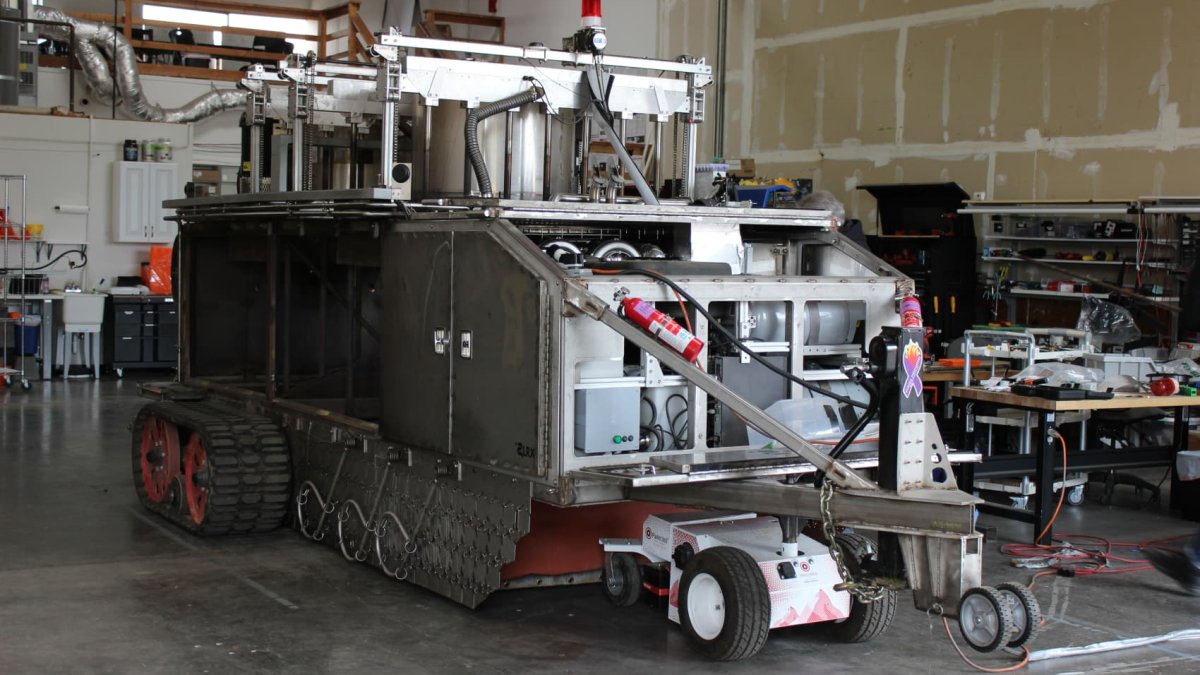Benefits and Process of Microsoft SQL Server to Snowflake Migration
The modern business environment is fully data-driven and enterprises today are moving away from traditional databases to platforms that power growth and help to make key operational decisions based on cutting-edge analytics.
Organizations have to process data drawn from various sources both external and in-house departments and to optimize this activity, it is necessary to shift from existing databases to ones that offer several cutting-edge advantages. One of the tried and tested methods of doing so is migrating databases from Microsoft SQL Server to Snowflake.
To understand the process better, a look at the attributes of Microsoft SQL Server and Snowflake individually will be in order.

Microsoft SQL Server
Microsoft SQL Server has been the preferred database platform of businesses for decades with several leading features. One of them is that it merges quickly and seamlessly into the Microsoft environment. It is a relational database management system providing support to various applications wherever they might be located. For long, SQL Server has been considered among the leaders in database management systems along with IBM DB2 and Oracle Database. Based on the programming language SQL, it is mostly used to query data in databases.
Snowflake
The many benefits of Snowflake make it an ideal option for migrating databases from SQL Server to Snowflake. The features of Snowflake will now be examined in detail.
Snowflake is a cloud-based platform and is a highly optimized and advanced data warehousing solution. It provides support to a wide range of cloud vendors and hence users can work on Snowflake with the same tools they are already aware of.
Here are some of the advanced features of Snowflake.
- All types of data – unstructured, semi-structured, or structured – can be loaded natively into Snowflake, an attribute that is not available in other leading databases such as SQL Server or Oracle. This makes moving data from SQL Server to Snowflake a preferred option for businesses today.
- Snowflake is a very powerful data warehouse system. There is no lag or drop in performance even when multiple users simultaneously execute intricate and complex queries.
- The storage and computing facilities in Snowflake is placed in different silos. Hence, users can scale up or down in either of them by paying only for the measure of resources used. Hence, Snowflake is a more affordable system than traditional databases where the two could not be differentiated, making the calculation of costs of each facility very difficult.
- As Snowflake is based in the cloud, it offers users almost unlimited computing and storage facilities. This is a critical reason by businesses for wanting to migrate databases from SQL Server to Snowflake as they do not have to invest in additional hardware and software whenever there is a spike in demand for data management resources.
- Comprehensive services are offered by Snowflake. This includes automatic clustering of data without defining indexes and encoding of columns. Users have the option to co-locate data through cluster keys when very large tables are being worked on.
With these advanced features, it is natural for businesses to migrate databases from SQL Server to Snowflake.
Choosing the right tool for SQL Server to Snowflake migration
Even though the complete process of migrating databases from SQL Server to Snowflake is fully automated, choosing the right tools makes the process a quick and seamless activity.
Select tools that have the following features.
- Can migrate large databases without any drop in performance or speed degradation, an aspect that is vital for major organizations with voluminous databases.
- Should be able to fully automate the migration activity without any human intervention by DBAs. Automated tools can quickly and effectively merge, transform, and reconcile data accurately.
- Must reconcile data continually in Snowflake between the source and the target databases in pre-determined periods. For this to happen, though, the two should always be kept in sync.
By using the precise tools, loading databases from SQL Server to Snowflake will be a smooth and seamless process.
Database Migration from SQL Server to Snowflake – the Process
There are four stages in migrating databases from SQL Server to Snowflake.
- Data Extraction: The process starts with extracting data from the Microsoft SQL Server. It is done through queries for extraction with the in-built SQL Server Management Studio tool being used to extract bulk data. The tool also extracts entire databases in CSV, SQL queries, or text format.
- Data formatting: Before loading this extracted data into Snowflake, it has to be processed and formatted so that it matches the data structures that are accepted by the Snowflake architecture. However, this is not necessary when JSON or XML data has to be migrated into Snowflake.
- Data staging: After processing and formatting the extracted data during SQL Server to Snowflake migration, it has to be kept temporarily in an internal or external staging area. An internal staging location has to be created with a specific name and file type allotted to it. For the external stage, Snowflake presently supports Microsoft Azure and Amazon S3.
- Data loading: This is the final stage where data is loaded into Snowflake from the staging area it is located. For large databases, the Data Loading Overview tool of Snowflake may be used. For small databases, the data loading wizard of Snowflake is used.
While the main SQL Server to Snowflake migration process is over, provision should be made to continually load incremental data and changes made in the source database to the target database. A script should be designed for identifying new data and updating it to the target database.

